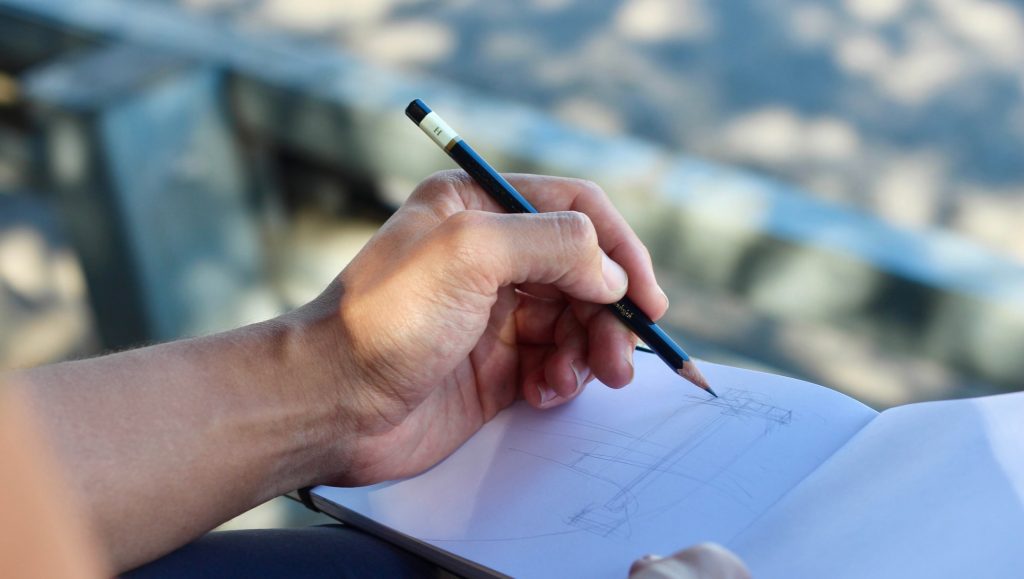You dream of becoming an artist one day. But actually taking steps to get there can seem scary! Maybe you dabble in doodling, and you are often wondering “why am I so bad at drawing?” But how can you work on improving your skills?
Putting pen to paper can be overwhelming, I know. I’ve been there too! When I was first starting out, I knew I wanted to go down the creative route of being an artist. But I didn’t know the best way to hone my skills and become confident in drawing, sketching, and painting.
Here are the tips I wish I knew when I was a beginner artist. Follow these tips, and you’ll soon become much more confident in your abilities! Plus, you’ll work on improving your skills and learn some essential habits every artist needs to have. You’ll also have fun with these simple tips and practices! In no time, you’ll be amazed at how far you’ve come!
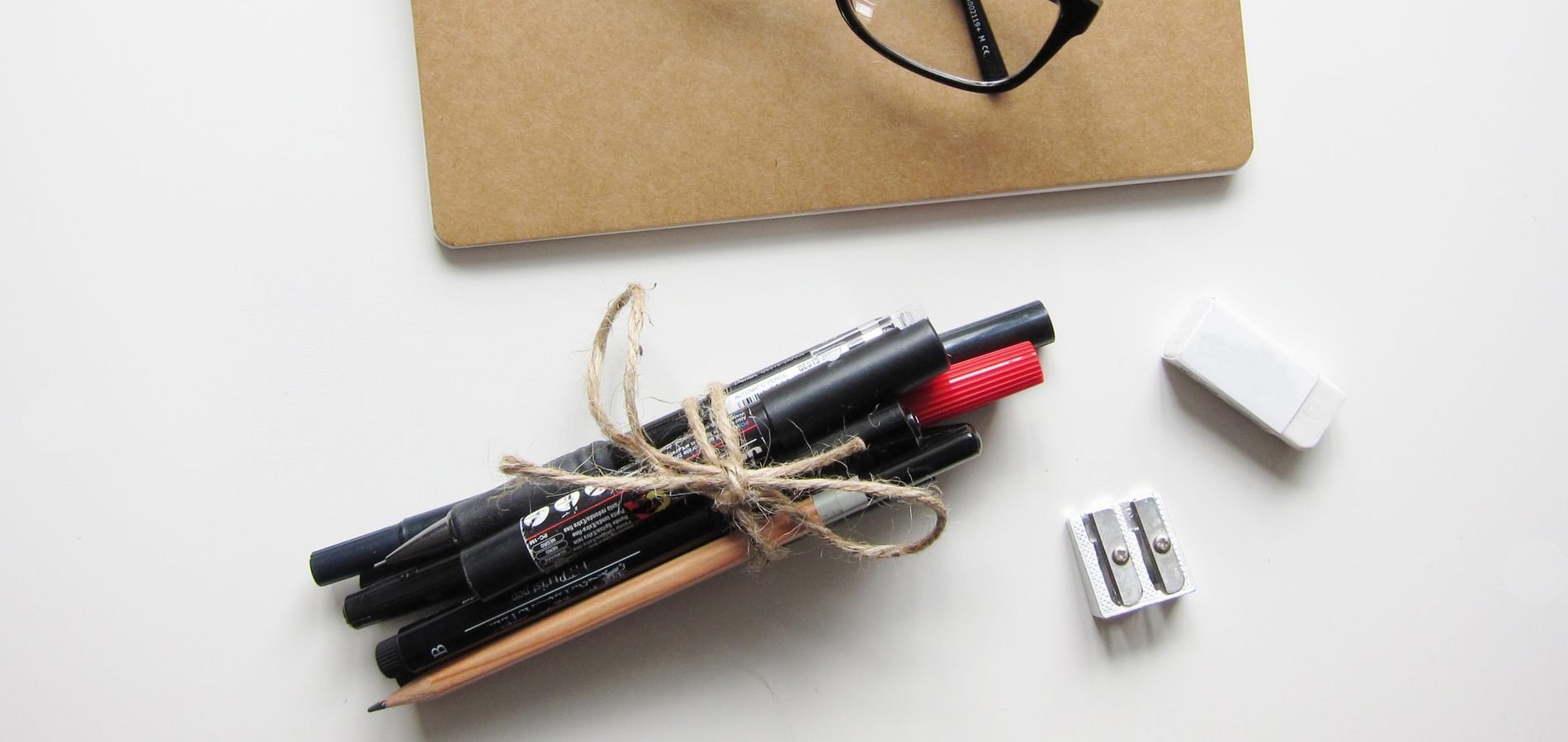
Image credit: Hello I’m Nik
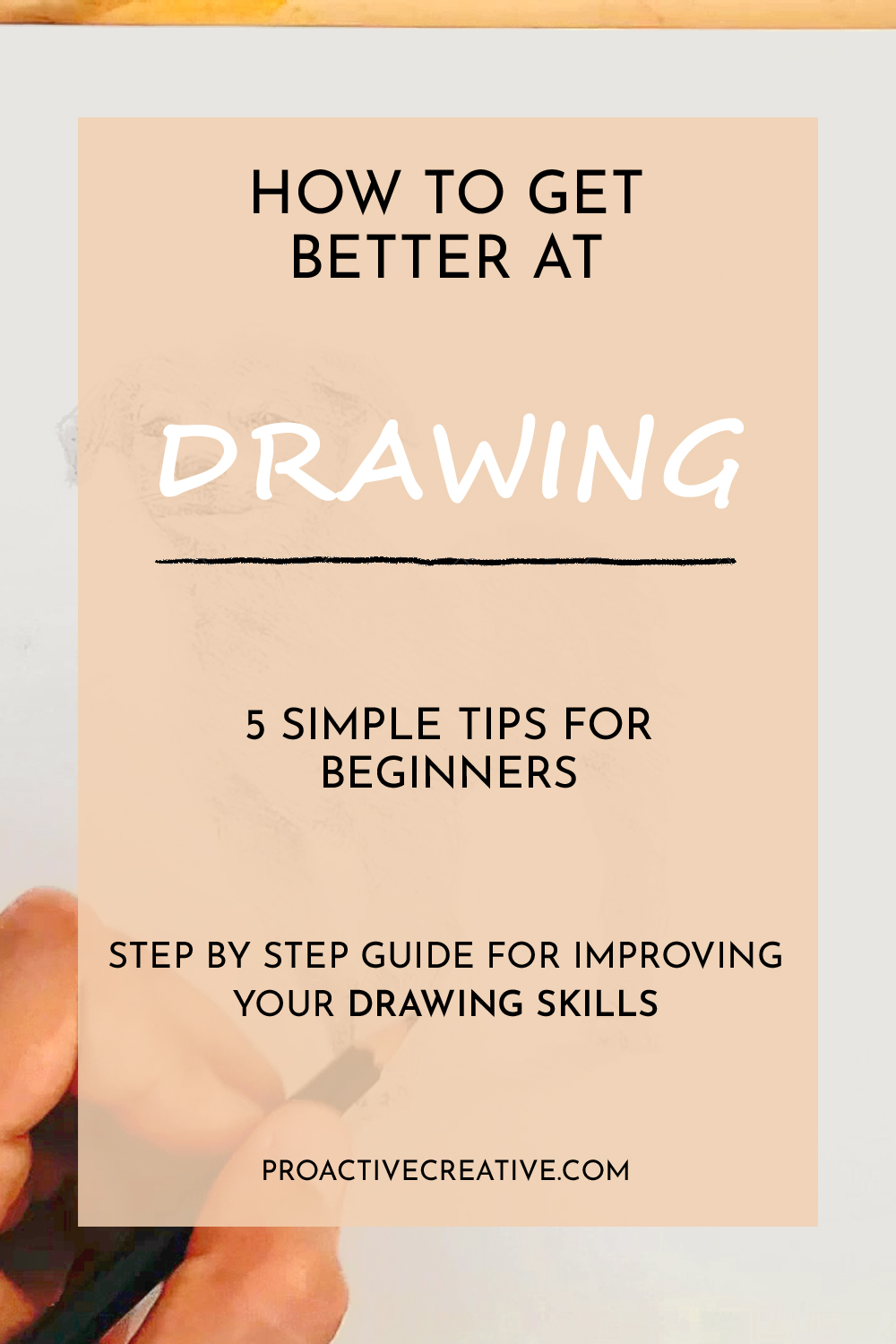
5 Tips For Improving Your Drawing Skills
1. Use the appropriate tools
You need to get comfortable with your tools. There’s no need to splurge on the most expensive pencils and tools. You can create amazing drawings with a few simple pencils and some good-quality paper.
I recommend starting with a sketchbook, HB, 2B, and 6B pencils, an eraser, and a sharpener. Add in some different types of paper, so you can see what works best for you.
Spend time using these simple but effective tools. You will become more confident in what you can do. There’s no need to spend a lot of money or overcomplicate things.
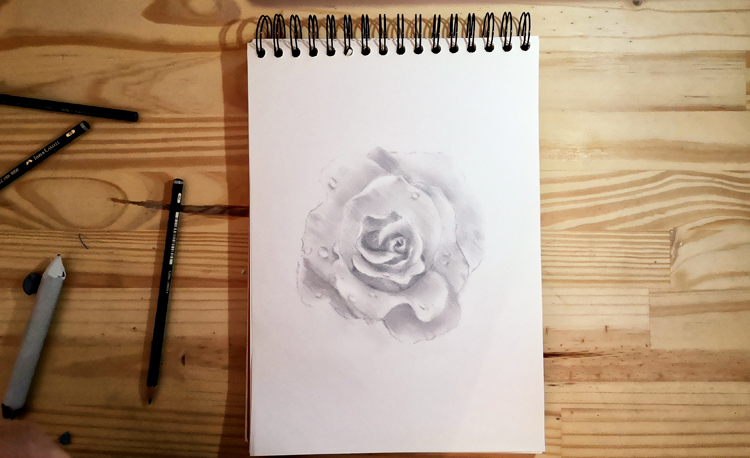
2. Start with basic shapes and forms
It’s tempting to skip a few steps and jump straight into sketching a complicated design. You might be more interested in sketching a face than individual facial features. But don’t try to run before you can walk!
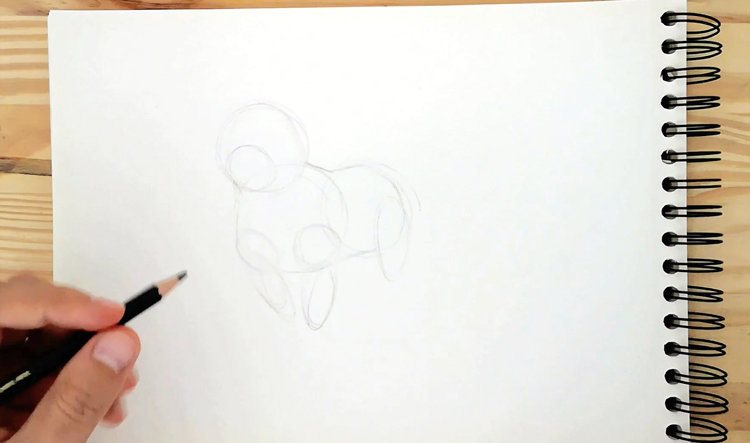
Image credit: Outmane Amahou / Proactive Creative
It’s so important to master basic shapes. Only then should you attempt anything more complicated. Putting time into learning these essential forms will make such a difference. Once you’ve developed a solid understanding of form, you can try your hand at anything.
Don’t rush! It’s essential that you take your time with these basic steps. You won’t regret it!
3. Develop your observational skills
Being able to draw accurately is a critical skill for any artist. You need to take note of every little detail and translate that into your drawing. That way, you’ll be able to create true-to-life illustrations.
So, developing your observational skills is something you need to work on. It’s not something that will happen straight away. But over time, your observations will become more precise.
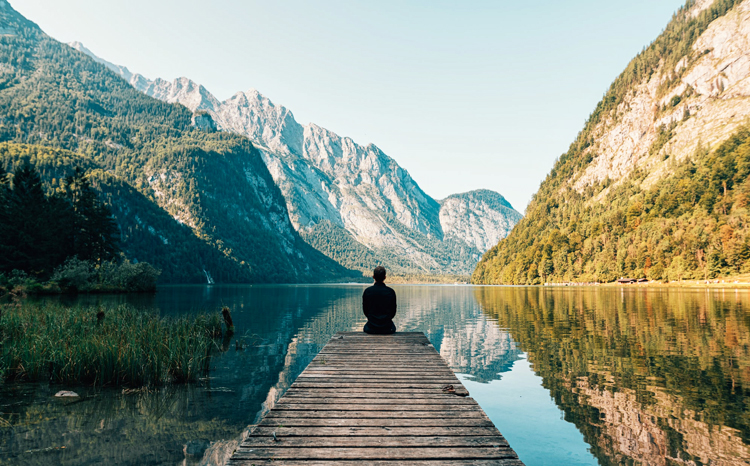
Image credit: Simon Migaj
Whether you’re drawing from real life or a photograph, examine every detail. Notice how the angles work and where there are shadows or light. As you practice this, you’ll pick up on more of the details. You’ll train your brain to absorb every aspect of the scene in front of you (but only if you work at it!) This will make all the difference in your drawings.
Try to work from photos and replicate the details. It’s an excellent technique for improving your realistic sketching skills. Once you’ve mastered this, you can move on to coming up with your own compositions.
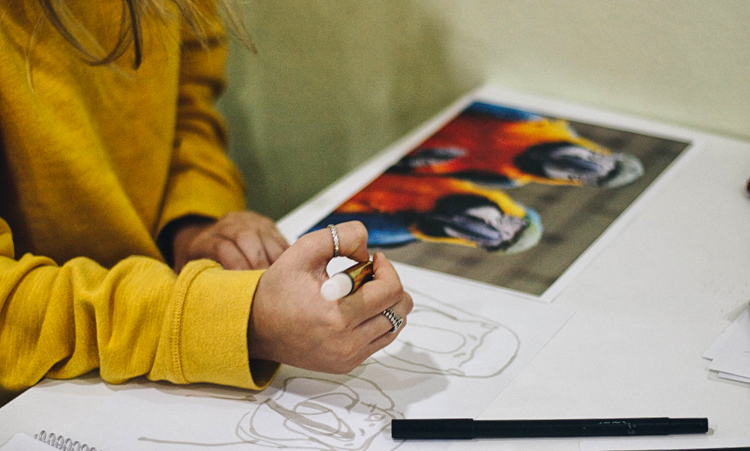
Image credit: Thiago Barletta
4. Don’t use the eraser (at the beginning)
When you’re starting out, I want to encourage you not to pick up the eraser. This tip may sound strange, but it’s easy to become too self-critical. You’ll find yourself reaching for the eraser all the time.
At first, focus on what you can do with your pencil. Work on perfecting your strokes and becoming more confident. Otherwise, you’ll find yourself questioning every line you draw. Using an eraser too much will make your paper look messy. You’ll end up with smudges and possibly even tear the paper.
Once you’ve finished your drawing, you can use the eraser for small touchups. You can also move on to adding highlights with the eraser, but don’t rush to this step when you’re new to drawing.
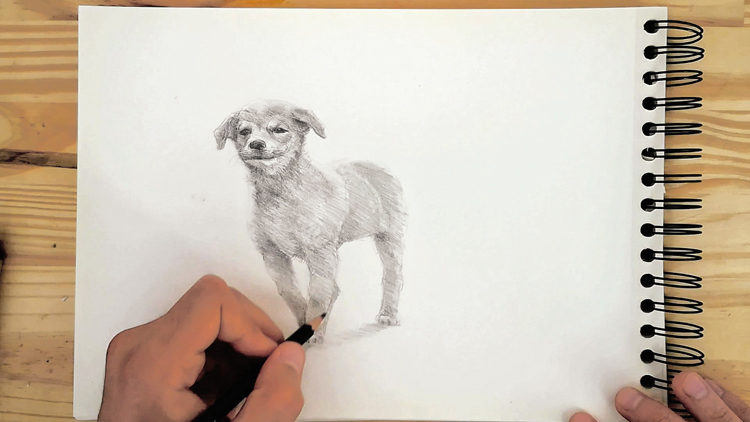
Image credit: Proactive Creative
5. Don’t be discouraged, practicing is the key
Everyone has to start somewhere! Even the most skilled artists weren’t born able to create masterpieces. We all have to work at it, so don’t feel discouraged. Practice is key!
The best way to improve your skills is by practicing consistently. If you only have ten minutes a day, that’s enough – so long as you do it regularly! It’s better to spend ten minutes drawing every day than a day once every few months. The techniques will stay fresh in your mind, and you won’t become rusty.
If you’re not happy with what you’ve achieved one day, don’t feel disappointed. Just pick up your pencil the next day and try again! Set a regular time to draw each day and make it a habit, so you don’t even need to think about it. You’ll be amazed at how quickly you progress by doing this!
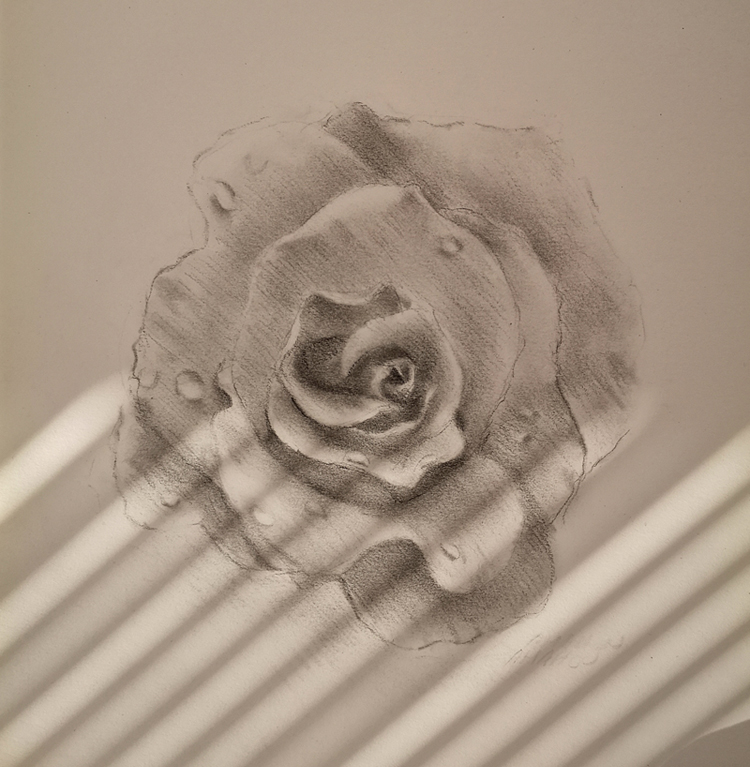
Image credit: Proactive Creative
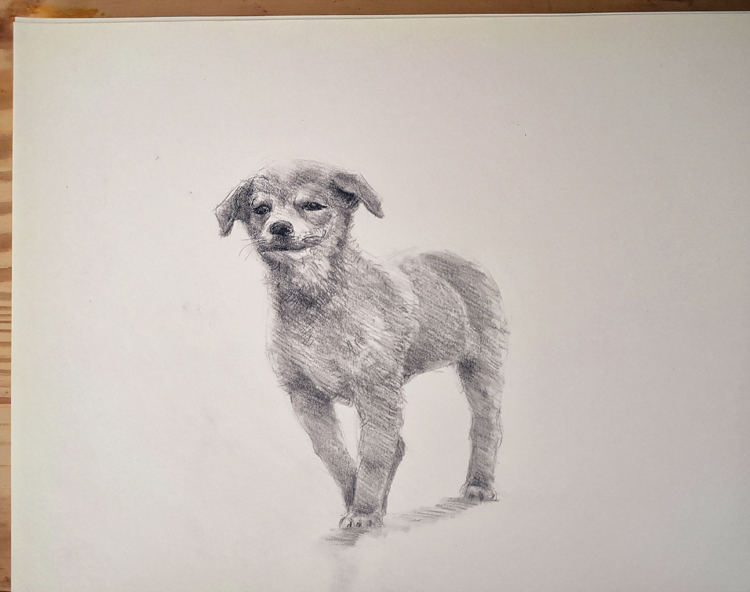
Image credit: Proactive Creative
Your Next Steps
By keeping these tips in mind, you’ll find your drawing skill blossoms. Remember to observe carefully and master basic shapes. Then, you can move on to more complicated designs.
Follow this step-by-step advice to become much more confident in your abilities! But remember that it should also be enjoyable and relaxing. Don’t stress too much if something doesn’t turn out quite how you’d like it to. You can learn from your mistakes, too!
I hope you’re feeling excited about using these tips in your artistic journey! Good luck and happy sketching. If you have any comments or questions, go ahead and post them below. And don’t forget to sign up for the Proactive Creative newsletter. I’ll keep you updated with more helpful resources like this one!

